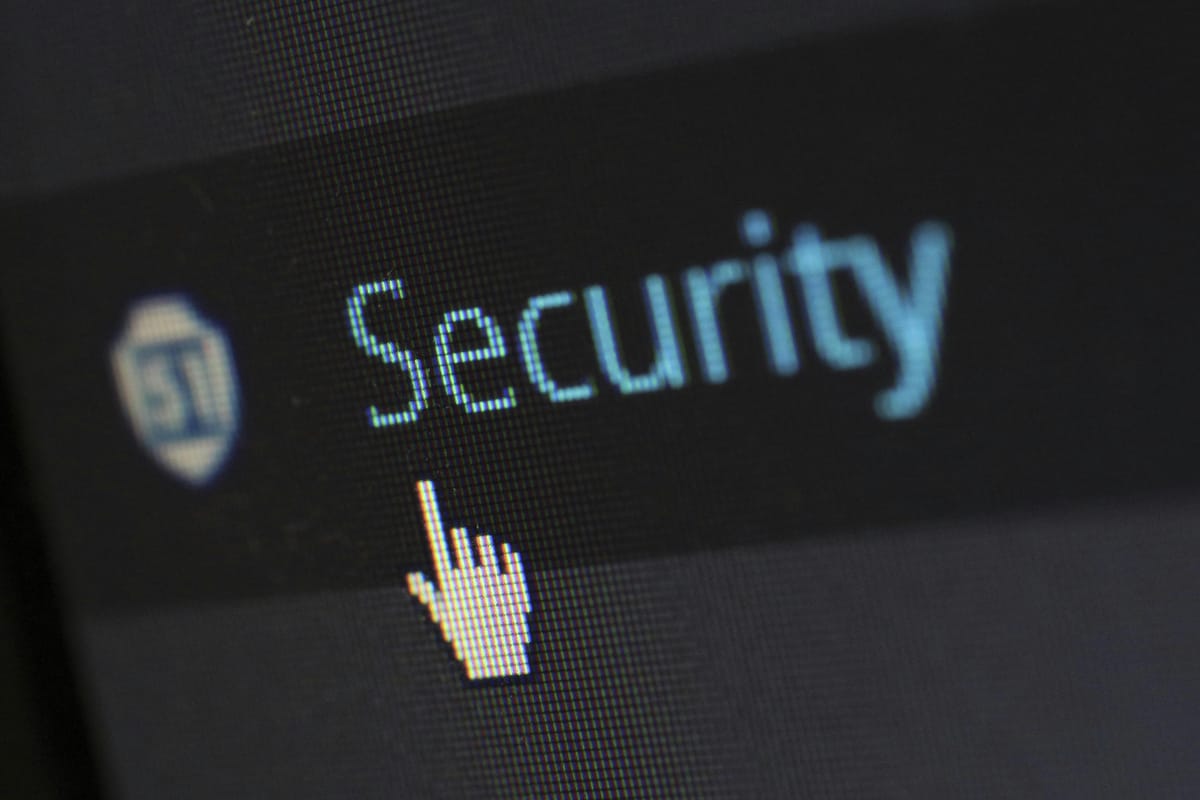What to share, what not to share

Oversharing on the internet has become a pervasive issue among teens, posing significant risks that many may not fully understand until it’s too late. Online culture, particularly on social media and gaming platforms, encourages openness and vulnerability, which can be a positive thing in the right context. However, the widespread sharing of personal details, secrets, and trauma has created a breeding ground for malicious activities, including identity theft, harassment, and grooming by online predators.
The Culture of Oversharing
One alarming trend is the proliferation of teens sharing their age, name, and even specific locations in their public profiles or live-stream chats. For instance, during live-streaming sessions on platforms like TikTok or YouTube, it’s common to see young viewers spamming comments such as, “I’m 13” or “Who else here is 14?” While this might seem like harmless fun or a way to connect with peers, it inadvertently creates an environment where predatory individuals can easily identify and target younger users.
Even more concerning is the normalization of including deeply personal information in social media bios. It’s not unusual to see accounts on platforms like Instagram or Twitter listing mental health diagnoses such as, “BPD, anxiety, ADHD,” or personal struggles alongside their name and age. While sharing one’s mental health journey can foster community support, doing so in public profiles invites unwanted attention and potential exploitation.
The loneliness, pain and the need to be seen and felt is not something we discount. It is thoroughly understandable and we place no blame on the teens who have done things like this, they are simply trying to foster connection. It is our responsibility as adults to give them a safe space to express their feelings and help them understand the repercussions of their actions as well as educate them on better practices.
The Illusion of Safety on “Less Conspicuous” Platforms
Another contributing factor to the oversharing epidemic is the false sense of security associated with less conspicuous platforms, such as Pinterest. Many teens feel that these spaces are safer because they seem less interactive or mainstream compared to Instagram or TikTok. However, this perception often leads to carelessness. It’s not uncommon to find users openly commenting on posts with their real name, age, or even personal anecdotes. For example, a teen might pin “mental health journaling prompts” and comment, “I’m 15 and have been struggling with anxiety for years”—revealing information that, when pieced together, can compromise their privacy.
Gaming and Grooming
Perhaps one of the most overlooked yet dangerous avenues for oversharing is online gaming. Platforms like Roblox, Minecraft, and Fortnite are hugely popular among younger audiences, and while they can provide entertainment and social connection, they also expose kids to significant risks. Many games have chat functions that allow players to communicate with each other, often without stringent moderation.
Groomers exploit these spaces to build trust with young players by posing as friends, teammates, or mentors. Through casual conversations, they gradually extract personal details—such as the child’s age, school, or home life—often without the child realizing the danger. A seemingly innocent question like, “What grade are you in?” can lead to increasingly invasive inquiries, especially if the child has already developed a sense of trust with the predator.
In some cases, oversharing can escalate from chatting about favorite games to sharing social media handles, where predators gain even more access to personal information. For instance, a child might tell a gaming “friend” their TikTok username, exposing them to further risks on a different platform.
The Ripple Effect of Oversharing
The consequences of oversharing extend far beyond immediate risks like grooming or harassment. Once information is online, it’s nearly impossible to erase. A single comment or post can follow someone into adulthood, potentially affecting college admissions, job opportunities, and personal relationships. For teens, who often act impulsively without considering long-term repercussions, the impact of oversharing can be particularly devastating.
Solutions and Preventative Measures
- Education and Awareness: Schools and parents should prioritize digital literacy education, emphasizing the importance of privacy and the dangers of oversharing. Teens need to understand that even seemingly harmless details can be used to piece together their identity.
- Platform Accountability: Social media and gaming platforms must implement stronger safeguards to protect young users. This includes moderating chats, disabling public bios for underage accounts, and providing resources on online safety.
- Promoting Healthy Online Communities: Encouraging teens to engage in online spaces that prioritize safety and moderation can help foster connection without compromising privacy. Platforms that discourage public sharing of personal details and offer anonymous support for mental health are better alternatives.
- Parental Involvement: Parents should maintain an open dialogue with their children about online habits and monitor their activity without being overly intrusive. Setting boundaries, such as prohibiting public bios or unsupervised gaming chats, can go a long way in ensuring safety.
In a digital world that celebrates openness, finding a balance between connection and privacy is crucial. By addressing the culture of oversharing and equipping teens with the tools to navigate the internet safely, we can foster healthier online communities and protect the next generation from avoidable harm.




